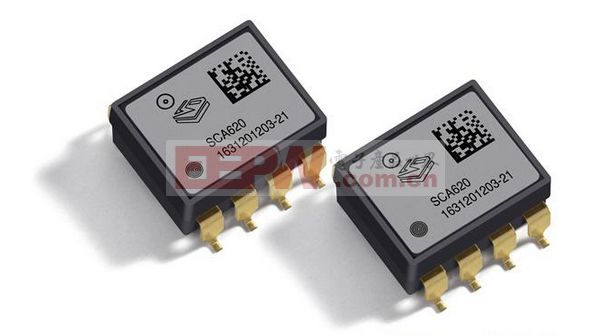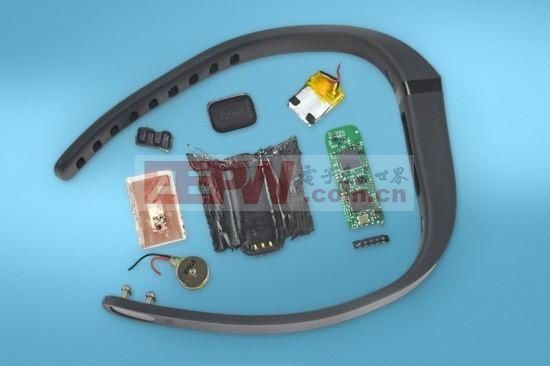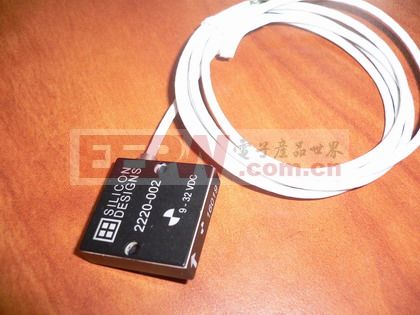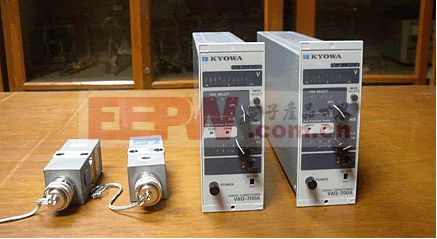Introduction: Acceleration sensors , as the name suggests, are devices that convert acceleration to other forms of signals and output them. So what is the working principle? Let's take a look at it~ Accelerometer , the English name is acceleration transducer, is a device that uses the way of sensing acceleration and converting it into an electrical signal to measure the acceleration force (acceleration force refers to the force acting on the object to make the object in the acceleration process). It has been widely used in many fields such as automobile safety, intelligent products, and game control. Accelerometers can be divided into line accelerometers and angular accelerometers according to different principles. Acceleration sensors are generally classified into piezoelectric acceleration sensors, piezoresistive acceleration sensors, capacitive acceleration sensors, and servo acceleration sensors. Next, let's take a look at what the working principle of the six-phase accelerometer looks like~~ Line accelerometers use the principle of inertia to work. According to the formula A=F/M, ie acceleration=inertia force/mass, it is only necessary to measure the inertial force F to obtain the magnitude of the acceleration A. Then the problem comes, how does the inertial force F measure? You can use the electromagnetic force to balance this force, and get the corresponding relationship between the force and the current, and then calibrate the proportional coefficient in the experiment. An angular accelerometer works by using the piezoelectric effect. The piezoelectric effect is defined as follows: When an external force is applied to a heteropolar crystal without a symmetry center, the external force not only changes the external shape of the crystal, but also changes The internal polarization state, the electric field is established inside the crystal, and the phenomenon that the mechanical force changes the polarization state is called the positive piezoelectric effect. Most accelerometers, exemplified by angular accelerometers, operate using the characteristics of acceleration that cause the crystal to deform. The external force causes the crystal to deform, and the voltage is generated at the same time of deformation. Therefore, it is only necessary to calculate the relationship between the acceleration and the voltage, and the acceleration can be converted into a voltage output. Piezoelectric accelerometers use the piezoelectric effect to work. When the accelerometer vibrates, the acceleration changes, and the external force applied to the piezoelectric element must also change. If the frequency of the measured vibration is much lower than the accelerometer The natural frequency is proportional to the acceleration. The piezoresistive accelerometer is based on MEMS silicon micromachining technology. It has many features such as simple structure, small size, low power consumption, etc. It has been widely used in automobile collision experiments, equipment vibration monitoring, and instrument testing. Capacitive accelerometers use MEMS technology in the same way as piezoresistive accelerometers based on the principle of capacitance. They have an unshakable position in the fields of airbags and mobile phones. The servo-type acceleration sensor works in the closed-loop state, and its vibration system is composed of mk system. The electromagnetic coil is connected to m. When there is acceleration input, m deviates from the equilibrium position, and the displacement detector detects the displacement and is processed by the servo amplifier. After that, it is output in the form of current, and the current flows through the electromagnetic coil, and an electromagnetic restoring force is generated in the magnetic field to restore m to the equilibrium position. The servo-type accelerometer has feedback, strong anti-interference ability, good dynamic performance and high measurement accuracy. It has been widely used in inertial navigation and inertial guidance systems. 1) Geophone 2) Car accident alarm system 3) Monitoring of high voltage wire galloping 4) Detection of equipment or terminal attitude 5) Implement game control 6) Image auto flip function 7) Pedometer function 8) Anti-shake function 9) Flash function Acceleration sensor working principle related articles Digital Clamp Meter ,Digital Clamp Multimeter,Clamp Meter,Ac Clamp Meters YINTE TOOLS (NINGBO) CO., LTD , https://www.yinte-tools.com First, the working principle of the acceleration sensor - - Introduction

Second, the acceleration sensor works - - classification

Third, the acceleration sensor works - line accelerometer

Fourth, the working principle of the acceleration sensor - angular accelerometer

Fifth, the working principle of the acceleration sensor - - Piezoelectric acceleration sensor

Sixth, the working principle of the acceleration sensor - - piezoresistive acceleration sensor

Seven, the working principle of the acceleration sensor - - capacitive acceleration sensor

Eight, the working principle of the acceleration sensor - servo acceleration sensor

Nine, the working principle of the acceleration sensor - - application
